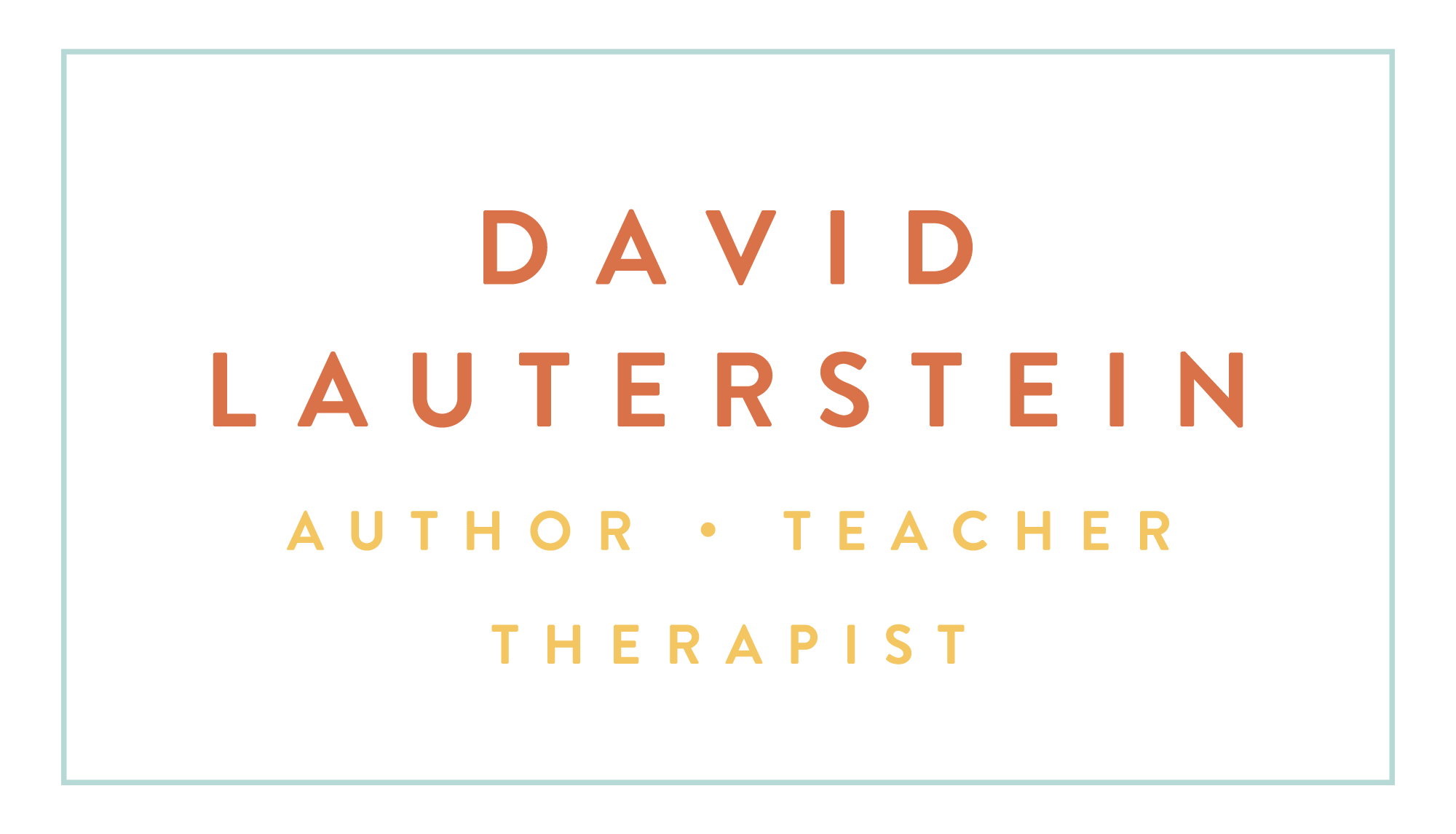ANATOMY AND DEEP MASSAGE FOR THE SCALENES
TThe scalenes are embryologically the uppermost of the intercostal muscles, the muscles lying between your ribs that assist in inhalation and exhalation. However there are no ribs in the neck! So the scalenes actually originate from the “vestigial ribs” of the cervical vertebrae. That is, little buds appear on the cervical vertebrae that in fish, for instance, would develop into ribs, but in humans remain small bumps to which the scalene muscles attach.
Who ordinarily thinks about breathing with their neck? Yet scalenes have an important respiratory function. Some texts credit the scalenes, next to the diaphragm, as the second most important muscles of respiration! The scalenes move the ribcage from above, while the thoracic diaphragm moves it from below.
The anterior scalene runs from the side of the second cervical vertebrae down to the first rib beneath the clavicle. Because it attaches to the front of that rib, the anterior scalene is one of the muscles that pulls the head forward; in chronic head forward posture, it is important to address this muscle among others. The medial and posterior scalenes run more along the side of the neck and therefore have more to do with tilting the head to one side or the other.
It is common in whiplash that the scalenes are injured as the head is whipped forward, then suddenly back. This sudden excessive stretch may slightly tear some of the scalene muscle and connective tissue fibers.
Energetically, the scalenes can be connected with all the virtues and challenges of the neck. The head forward posture can signify sadness, self-esteem issues, reactions to recent or long-held defeats. General neck tension will also manifest in the scalenes. That tension may originate in the various reasons for inhibitions people may have about expressing themselves.
Here is a way to effectively do “Deep Masaage” for the scalenes.
Therapist: seated at the head of the table
Client: supine, with, if called for, good support for neck and head
Center yourself.
Working on the right side of the scalenes, place your middle finger, assisted by your other fingers, near the origin of the sternocleidomastoid, just above the sternal end of the clavicle. Press gently in and take out the looseness.
This fulcrum utilizes the active movement of the client. So taking up the slack is begun by your client. Ask the client to lift the chin (without lifting their head off the table) as if just looking up. This will take up the slack, stretching the anterior scalenes in particular. Now add additional vectors, again in a movement partnership. Ask the client to slowly turn their head to their left, as if to look over the left shoulder. As they move, draw your fingers horizontally through the tissues on the right side of the neck. For this whole pass you are at the level of C6-7. You may continue with your tractioning of the fascia all the way back as far as the spinous processes at the center of the posterior neck. In this case, you will have gone considerably past the scalenes, but you will be more completely addressing the soft tissues of the neck, pulling them back. As a result, the head will come back more on top of the body instead of projecting out in front of it.
Now ask your client to bring the head back to center. Begin a second fulcrum, now at the level of the middle of the neck, around C3-5. Repeat each of the steps above, including the client’s active movement.
Finally, ask your client to return to center again, begin a third moving fulcrum at the level of C1-2. Repeat the steps above.
Then switch your working hands and address the scalenes and posterior neck similarly on the left side of the client’s neck.
illustration by Christy Krames from Lauterstein - The Deep Massage Book -

